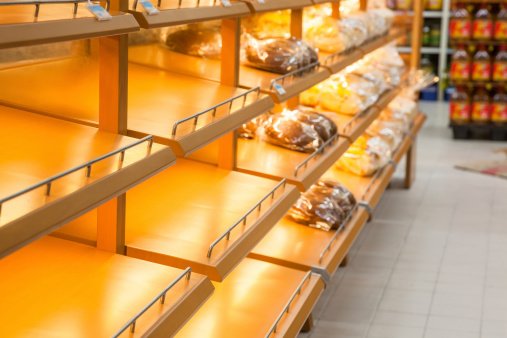If you live in an area prone to wildfires, it’s essential that you know how to keep your family members and your property safe, even after a wildfire has affected your home or your neighborhood.
Learn more at The Hartford’s Catastrophe Information Center.
How to Stay Safe Immediately After a Wildfire
If you were evacuated, you might be keen to return home to assess the damage to your property. But the dangers of a wildfire may not be over even after authorities have given the all-clear to return to an area. After a wildfire, you may face structural damage to your home, weakened trees, and unstable roads, all of which can lead to further property damage and even injuries.
In addition, you may face flooding, as large wildfires can alter terrain and leave the ground unable to absorb excess rainwater. If a flood does occur in the days or weeks following a wildfire, it can worsen conditions and cause new dangers, such as moving debris and mudslides.
Even after the wildfire has passed, pay attention to alerts from your local weather service, the National Weather Service, and any weather emergency apps you’ve downloaded. Monitor these sources for notifications of new fires, drought conditions, and flash floods.
What to Do Once You Return Home
Once the authorities declare that it is safe to return to your home, the first thing you should do is inspect your home for safety. Carefully search your home—including your attic and crawlspace—for any signs of structural damage or instability, as well as sparks, smoke, or burning embers.
If using a battery-powered flashlight to inspect your home, turn it on before entering your home, as sparks from the battery can ignite burning embers, hot spots, gas leaks, or oil leaks. In addition, switch all appliances, lights, and the main circuit breaker to the “off” position during this initial inspection of your home.
If you notice burning, smoke, or the smell of gas, leave the premises and call your local fire authority or gas supplier for help. Do not reenter until professionals have informed you that it is safe to do so.
If, after your initial safety inspection, the property appears structurally stable and there are no burning embers or hidden hot spots, conduct a secondary damage inspection and check the status of your utilities. Look carefully for damage—such as burned or melted material on your outside electric meter or burned or exposed wiring anywhere inside or outside the house—before turning on the main circuit breaker. If you find that you have no power after turning on the main circuit breaker, return it to the “off” position and contact your local utility company.
If you use oil or propane to heat your home, turn off the valves to the system and have your local supplier conduct a total system inspection before attempting to use it, as leaking oil or gas is dangerous and can ignite hidden hot spots, sparks, or embers.
In addition, until you hear that the city or town water supply is safe, do not drink the water and avoid turning on your faucets to keep contaminated water out of your pipes. If your drinking water comes from a home well or another private supply, boil it until you can have it tested for microbial contamination.
When inspecting the outside of your home after a wildfire, keep in mind that tall structures are those that are most likely to be unstable. Stay away from trees, power poles and outdoor structures such as barns, fences, gazebos, and play sets, especially those that are visibly burned.
Once you’ve determined that your property is safe and you’ve gotten a sense of where any damage is located, you can make another round of inspections to focus on documenting that damage with photographs. These photos will help you when you report your insurance claim. You want to avoid taking photos during your initial pass through your home—you first need to determine if you should even be there.
How to Report a Claim to Your Insurance Company
Property damage caused by fire or smoke, including water or other damage caused by fire departments while putting out a fire, is covered under a standard homeowners policy. If damage occurred to your vehicle, it would be covered under the comprehensive portion of your auto insurance policy.
Hopefully, you have your insurance carrier’s phone number and your homeowners policy number on hand. If not, you will need to call your insurance company’s general customer service number to obtain your policy number. Assuming that you have internet access, you can access your policy information online or through your insurance carrier’s smartphone app.
If you’re insured by The Hartford, you can file a claim by using the online claims center or by calling the claims department at 1-800-243-5860. The Hartford’s Customer Care Team will ask you to describe the incident and the damage to your property. They will also ask you for a number at which you can be reached throughout the claims process. Once you file your claim, a representative of The Hartford will contact you within one business day to discuss your claim, explain your options, and answer any questions you might have.
Once you’ve spoken to an insurance representative, you can begin the cleanup and repair process. If you are unable to live in your home while repairs are being made, ask your insurer what options are available to you and whether any of your costs will be covered.
Knowing what to do in the aftermath of a wildfire can help you return to normalcy as quickly and safely as reasonably possible.
READ MORE: 9 Apps to Help You Stay Safe in an Emergency







When do I start a claim since I live in an apartment. I still do not know of the damage. My car is there too. Do I open a claim now.
Hi Susan, you can call our claims center at 1-800-243-5860 to determine your next steps.